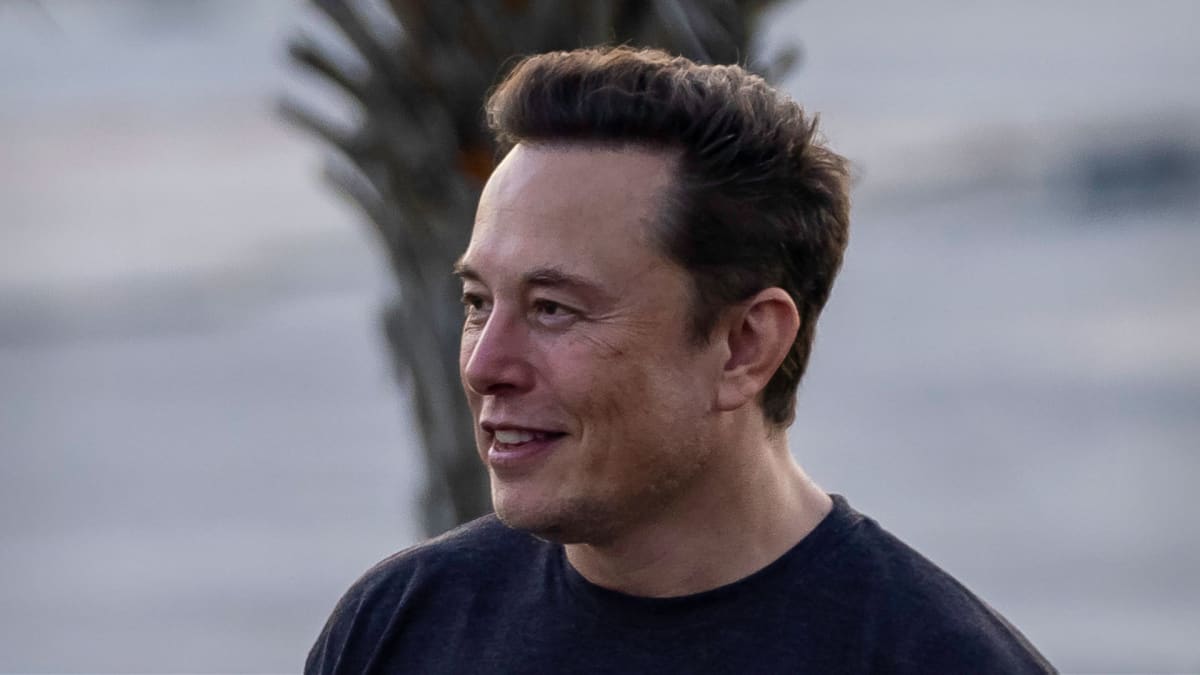
Elon Musk has made it his mission to transform civilization as it is today.
The Techno King, as he is known at electric vehicle manufacturer Tesla, sees himself as an innovator, whose mission is to solve the most pressing problems facing the planet.
He also believes that his role is to give people a dream, hence the promise to contribute to the conquest of Mars in the coming years.
But while waiting to see humans inhabit the Red Planet, Musk is tackling the energy emergency that continues to divide fossil fuel proponents and environmental activists, who believe that saving the planet begins with eliminating polluting energy.
The billionaire and Tesla (TSLA) have just published Tesla's Master Plan 3, which they present as the path to reach a fully sustainable global energy economy through end-use electrification and sustainable electricity generation and storage. This plan had been announced by the serial entrepreneur for the first time on Mar. 1 during Tesla's investor day in Austin, Texas, but not in detail.
According to the 41-page white paper, converting the world to clean energy requires an investment of around $10 trillion, Musk and Tesla claim. This is $4 trillion less compared to the $14 trillion projected to be spent over the next 20 years on fossil fuels -- oil, natural gas and coal -- at the 2022 investment rate.
"This paper finds a sustainable energy economy is technically feasible and requires less investment and less material extraction than continuing today’s unsustainable energy economy," Musk and Tesla argued. "While many prior studies have come to a similar conclusion, this study seeks to push the thinking forward related to material intensity, manufacturing capacity, and manufacturing investment required for a transition across all energy sectors worldwide."
You Can Read Tesla's Master Plan 3 HERE.
Model 3 v. Toyota Corolla
To achieve a world without fossil fuels, the billionaire and Tesla are betting on renewable energies and on an increase in electricity storage capacity. They propose to massively build, in the next 20 years, solar panel factories and metal refineries to power the world economy.
They argue that in an electricity economy with sustainably generated energy, most of the upstream losses associated with mining, refining and burning fuels to create electricity are eliminated, as are the downstream losses associated with non-electric end-uses.
Some industrial processes will however require more energy input (producing green hydrogen for example), and some mining and refining activity needs to increase (related to metals for batteries, solar panels, wind turbines, etc.), they warned.
They propose six steps to fully electrify the economy and eliminate fossil fuel use: repower the existing grid with renewables and switch to electric vehicles because, they say, EVs are approximately 4x more efficient than internal combustion engine vehicles, due to higher powertrain efficiency, regenerative braking capability and optimized platform design.
"As a specific example, Tesla’s Model 3 energy consumption is 131MPGe vs. a Toyota Corolla with 34MPG, or 3.9x lower, and the ratio increases when accounting for upstream losses such as the energy consumption related extracting and refining fuel," Musk and Tesla asserted.
MPGe stands for miles per gallon equivalent, or the equivalent of how many miles an EV can travel using one gallon of gasoline.
The other steps to achieve a sustainable energy economy are to electrify high temperature heat delivery and hydrogen production. Tesla and Musk believe that industrial processes that require high temperature, such as steel, chemical, fertilizer and cement production, can be serviced directly by electric resistance heating, electric arc furnaces or buffered through thermal storage, to take advantage of low-cost renewable energy when it is available in excess.
Electric Planes
Also very interesting is the fact that Tesla and Musk advocate for electric planes and boats. They explain that both continental and intercontinental ocean shipping can be electrified by optimizing design speed and routes, to enable smaller batteries with more frequent charge stops on long routes.
As for planes, short distance flights can be electrified through optimized aircraft design and flight trajectory at today’s battery energy densities, they argue.
"Longer distance flights, estimated as 80% of air travel energy consumption (85B gallons/year of jet fuel globally), can be powered by synthetic fuels generated from excess renewable electricity leveraging the Fischer-Tropsch process, which uses a mixture of carbon monoxide (CO) and hydrogen (H2) to synthesize a wide variety of liquid hydrocarbons, and has been demonstrated as a viable pathway for synthetic jet fuel synthesis," they said.
Finally, Musk and Tesla recommend building the generation and storage portfolio - solar panels, wind turbines and batteries.
In total, the billionaire estimates that it will take 30,000 gigawatts of renewable-power capacity and 240,000 gigawatt-hours of storage batteries. The demand for metals, such as nickel, lithium, copper, graphite, cobalt, manganese, needed in the development of batteries and other clean-energy equipment, will also soar, according to Tesla and Musk. They estimate that approximately $502 billion will have to be dedicated to the mining of these metals and $662 billion to their refining.
Musk and Tesla argue that the volume of metal extraction in their scenario will however be much lower than the volume of resources currently extracted for fossil fuels.
According to the Circularity Gap Report 2023, 68 gigatonnes (Gt) of material, excluding biomass, is extracted from the earth each year. Fossil fuels account for 15.5Gt of it. In a sustainable energy economy, material extraction will decrease by 10.8Gt, with most fossil fuel extraction replaced by 3.3Gt of renewable material extraction, Musk and Tesla said.
"We're trying to convey a message of hope and optimism that is based on actual physics and real calculations," Musk said last month. "No, it's not wishful thinking. Earth can and will move to a sustainable energy economy and will do so in your lifetime."







